In the datasheet, it is given as the Gate Threshold voltage is 3V maximum. But that is for a condition of drain current in microamps.
The Threshold voltage \$V_t\$ is the voltage (applied between gate and source: \$V_{GS}\$) above which the MOSFET starts to conduct.
Issue is, what does "start to conduct"mean, 1 nA flowing or 100 mA? So here the manufacturer has choosen a current \$I_D\$ = 250 uA which they force through the MOSFET using a current source and then they measure \$V_{GS}\$ and define that as the \$V_t\$.
The 250 uA is just a choice they made. Using 100 uA or 1 mA might have worked just as well.
This only gives us an indication of what \$V_{GS}\$ we need to apply to make the MOSFET turn on fully. Conclusion: \$V_{GS}\$ needs to be significantly larger than 3 V.
I require a continuous drain current of 5A from a 10V source with Gate Source voltage as 10V.
You can't do this by using the MOSFET on its own. There is no predictable relation between \$I_D\$ and \$V_{GS}\$ as this relation is extremely temperature dependent and different between transistors.
You cannot simply apply \$V_{GS}\$ = 10 V and expect 5 A to flow. In reality, much more current will flow, so much in fact that maintaining the 10 V supply across the MOSFET will destroy it (\$R_{DS,on}\$ at \$V_{GS}\$ = 10 V = 2.4 mohm so in theory 10 V / 2.4 mohm = 4167 A would flow).
If you want to draw a constant 5 A from a 10 V supply using this MOSFET you will need to construct a constant current source circuit which regulates the \$V_{GS}\$ of the MOSFET such that 5 A will flow. Here's an example of such a circuit:

simulate this circuit – Schematic created using CircuitLab
Here the 5 A current flows through the MOSFET and the resistor. If the current is 5 A there will be 1 V across the resistor. The feedback loop with the opamp and MOSFET regulate the voltage across the 0.2 ohm resistor to 1 V (since Vref = 1 V).
Note that a lot of power (almost 50 W) will be converted into heat inside the MOSFET so it will need a sufficent heatsink.
